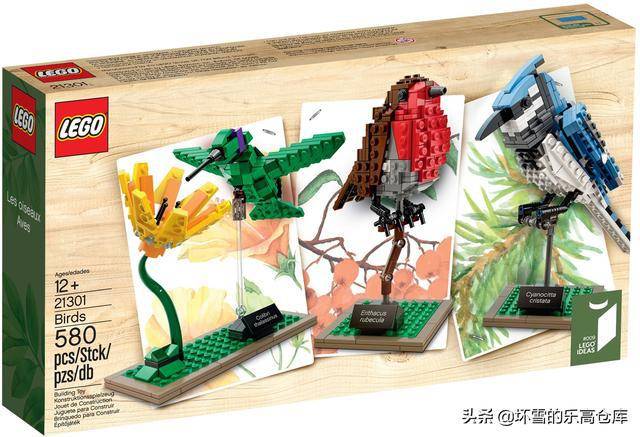Attracting Blue Birds: A Comprehensive Guide to Creating an Inviting Bluebird Habitat
Guide or Summary:IntroductionUnderstanding BluebirdsBuilding a BirdhouseCreating a Food SourcePlanting Attractive Plant SpeciesIntroductionThe vibrant blue……
Guide or Summary:
- Introduction
- Understanding Bluebirds
- Building a Birdhouse
- Creating a Food Source
- Planting Attractive Plant Species
Introduction
The vibrant blue hues of bluebirds are a delightful sight to behold. These enchanting creatures are not only visually captivating but also play a crucial role in the ecosystem by controlling insect populations. Attracting blue birds to your garden or backyard can be a rewarding experience, offering hours of joy and a sense of connection with nature. In this comprehensive guide, we will explore various strategies to create an inviting habitat for bluebirds, ensuring they find a home and thrive in your outdoor space.
Understanding Bluebirds
Before diving into the specifics of creating a bluebird-friendly environment, it's essential to understand the needs and preferences of these birds. Bluebirds are primarily insectivorous, with a diet that includes insects, worms, and spiders. They require a habitat that provides shelter, food, and safety from predators. By understanding these basic requirements, we can design a habitat that caters to their needs.
Building a Birdhouse
One of the most effective ways to attract bluebirds is by providing them with a safe and secure nesting site. Building a birdhouse is a rewarding project that can be tailored to meet the specific needs of bluebirds. When constructing a birdhouse, consider the following factors:
- **Location**: Place the birdhouse in a spot where it is protected from predators and elements. Ideally, it should be placed at least 5 feet above the ground and sheltered from strong winds.

- **Size**: A birdhouse should be spacious enough to accommodate a family of bluebirds. A minimum size of 1.5 inches in diameter and 6 inches in length is recommended.
- **Opening**: The entrance hole should be just large enough for a bluebird to enter, typically around 1.5 inches in diameter. The hole should be positioned at the bottom of the birdhouse to prevent predators from accessing the nest.
- **Materials**: Use rot-resistant materials such as cedar or treated pine to ensure the birdhouse lasts for several years.
Creating a Food Source
Providing a consistent food source is crucial for attracting and retaining bluebirds. While bluebirds primarily feed on insects, supplementing their diet with additional food sources can enhance their presence in your yard. Here are some effective strategies:

- **Bug Terrarium**: Create a bug terrarium by filling a container with moist soil and placing it in a sunny location. This will attract insects that bluebirds can feed on.
- **Bird Feeder**: Supplement the natural food supply with a bird feeder filled with a high-protein diet, such as mealworms or sunflower seeds. Ensure the feeder is placed in a location where it is easily accessible to bluebirds but protected from predators.
Planting Attractive Plant Species
Planting a variety of native plants can create a diverse and attractive landscape that appeals to bluebirds. Here are some plant species to consider:
- **Berries**: Plants such as dogwood, elderberry, and chokeberry provide a valuable food source for bluebirds during the fall and winter months.

- **Insects**: Native plants like milkweed, butterfly bush, and coneflower attract insects, which in turn attract bluebirds.
- **Shrubs**: Deciduous shrubs like serviceberry and holly provide shelter and nesting sites for bluebirds.
Creating an inviting habitat for bluebirds can be a rewarding endeavor that brings joy and a sense of connection to nature. By understanding the needs and preferences of these beautiful birds, incorporating birdhouses, providing a consistent food source, and planting attractive plant species, you can create a haven that attracts and retains bluebirds. Remember, the key to attracting bluebirds is to provide them with a safe, secure, and inviting environment that meets their basic needs. With a little effort and patience, you can enjoy the delightful company of these charming birds in your outdoor space.